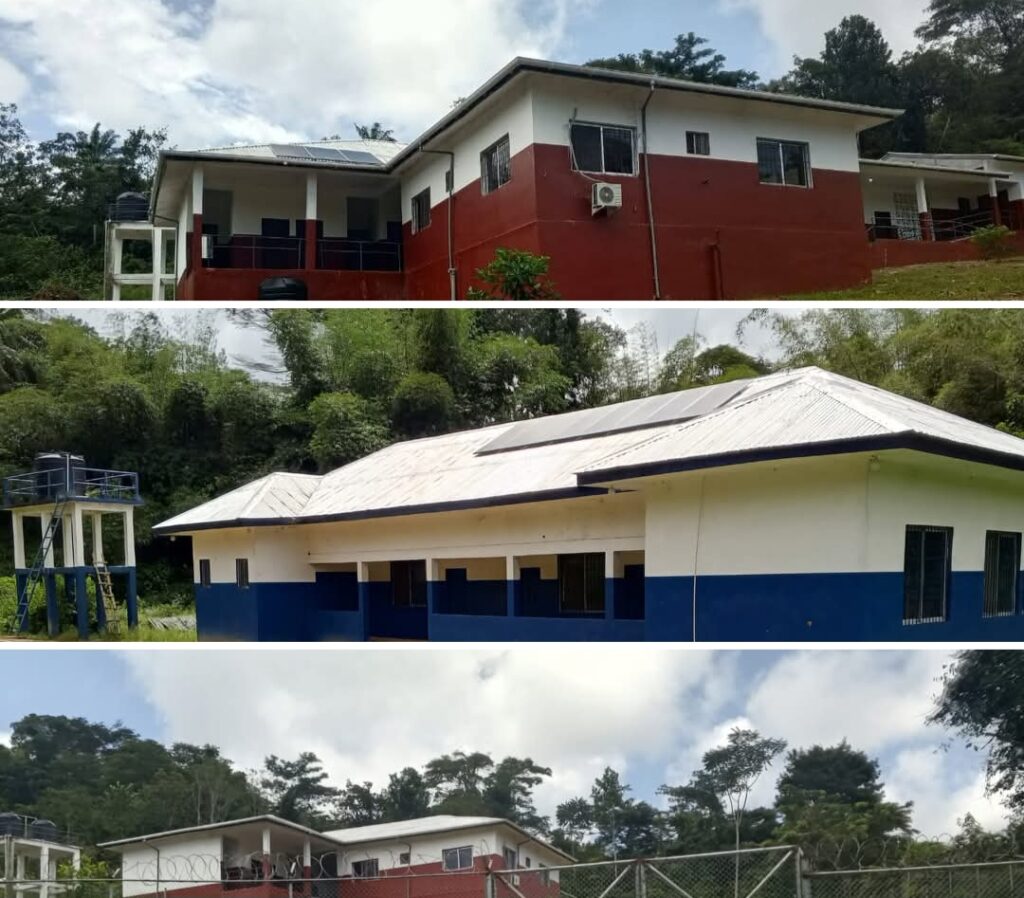By: Ben T.C. Brooks
Several newly constructed and fully furnished modern school facilities, funded by the World Bank under Liberia’s Education Improvement Project, remain idle months after completion in Tienpo Cheboken and other communities in River Gee County.
Despite being equipped with state-of-the-art furniture and basic amenities, the schools are yet to enroll a single student or receive assigned teachers.
The multimillion-dollar projects, implemented during the administration of former President George M. Weah, intended to expand access to quality education in hard-to-reach and underserved rural communities.
The facilities include a senior high school serving grades 10 to 12 and another structures constructed for the Early Childhood Education – ECE.
Each facility boasts modern desks, chairs, whiteboards, and access to electricity and running water, rare luxuries in remote parts of River Gee.
Yet, despite the investment and the promise of better education, the buildings have yet to welcome learners.
The World Bank funded project includes the construction of six secondary schools and six early childhood education centers across River Gee County. However, several of these schools are situated in sparsely populated or isolated communities where student enrollment remains extremely low.
An insider at the Ministry of Education’s River Gee County Office, who requested anonymity, revealed that local authorities had minimal input in selecting the construction sites.
“When the project was introduced, we were only instructed to accompany contractors to communities that had already been mapped and approved at the national level,” the source said. “Even when we suggested relocating some sites to more populated areas, our recommendations were ignored.”
The official added that contractors were brought in from Monrovia, while county education staff played only a facilitative role, introducing project teams to community leaders.
Communities in Tienpo, Chedepo, Sarbo, and Tuobo Educational Districts are among the beneficiaries of the World Bank project. But instead of celebration, many residents are now expressing disappointment over the schools’ inactivity.
“We were so happy when we saw the buildings going up,” said Jerry Quayee, a resident of Tienpo Geleeken. “Now the school just sits there like a ghost house due to the walking distance. No students, no teachers nothing. It’s disheartening because many of our people live far apart, and parents are forced to send their children to distant communities for schooling.”
Meanwhile, the Cheboken Elementary and Junior High School, which was expected to transition its senior classes to the new facility, continues to operate from its old, dilapidated structure.
Principal Alphonso Sieh explained that the newly built secondary school was designed to serve five surrounding communities. Geleeken, Sheriken, Wooloken, Saywonken, Kaytuken and host Cheboken, but the enrollment has dwindled due to growing interest in artisanal gold mining and long distances among school-age youths.
“Many young people now prefer working in mining camps to get fast money than sitting in classrooms,” Sieh said. “As a result, our school’s enrollment has dropped sharply this year. We’ve had to limit classes from nursery to eighth grade because we don’t have enough students or staff to run a full secondary program.”
County education officials acknowledged the situation but maintained that measures are being put in place to gradually operationalize the new schools.
“We’ve informed communities that each secondary school must register at least 150 students before the Ministry can assign teachers,” said a local education officer. “It doesn’t make sense to post teachers where there are no students, that would mean paying government salaries for idle service.”
However, civil society representatives argue that such a policy contradicts the very goal of the investment.
“Building schools without students or teachers defeats the purpose of education development,” said Mark Brooks, a civil society advocate based in Gbeapo Kanweaken.
“A holistic approach is needed one that combines infrastructure with trained teachers, learning materials, and community engagement.”
For now, the newly built schools in River Gee stand as symbols of hope and unfulfilled promise impressive structures that highlight both progress and persistent challenges in Liberia’s education sector.
Until teachers are deployed and students enrolled, these facilities will remain silent monuments to an unfinished dream a reminder that true educational transformation requires more than buildings; it demands commitment, coordination, and community participation.
